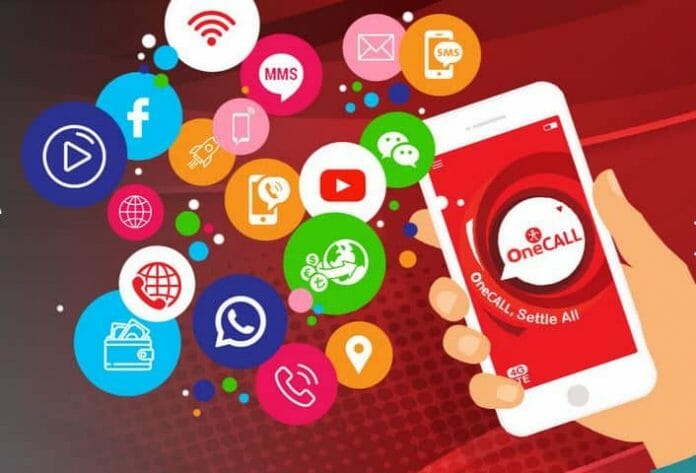TFP Solutions Berhad’s transformation journey could not have come at a better time.
During the tabling of Malaysia’s 2020 Budget yesterday evening, Malaysian Finance Minister Lim Guan Eng announced that Malaysia’s much anticipated virtual banking framework will be ready for public consultation by year-end and that the final framework along with applications will be open by the first half of 2020.
And to further boost use of e-wallets, the Malaysian government would offer one-time RM30 digital stimulus to qualified Malaysians aged 18 and above with annual income less than RM100,000.
These developments bode well for TFP as the group is currently undergoing transformation to position its fintech division – spearheaded by the OneCALL mobile fintech product – as a core business engine.
Helmed by managing director Dato’ Hussian Abdul Rahman, TFP is eyeing the ‘un-banked’ market throughout Malaysia, including the rakayt living in rural areas and millennials, particularly students.
Its existing campus management systems, once the fintech element is integrated, will enable students to make use of campus e-wallet facilities to perform cashless payment for on-campus purchases.
This forms part of TFP’s overall strategy of targeting the un-banked market in Malaysia and throughout the region, including foreign workers.
TFP had recently tied-up with with Tune Talk to launch OneCALL.
OneCALL aims at addressing this market’s challenges including unique features such as remittance, virtual ATMs, game PINs, Lifestyle Tools, bill payments together with a B40 entrepreneur programme.
e-Wallets’ allure to Millennials
According to John Rampton in his analysis entitled ‘Digital Wallets: The Reason Millennials Are Going Cashless’ which Business Today recently highlighted, it is anticipated that, by 2025, millennials will be the highest-earning generation in history. Furthermore, they have been pegged as the generation that is going to disrupt the entire banking industry.
Back in 2012, Visa released a report entitled ‘Connecting with the Millennials’ which found that a majority of this demographic believed in a cashless future. In fact, eight out of ten millennials reported that someday they will be able to do all of their shopping and pay their bills online, with 73 percent stating that this would be done through a mobile phone.
Since the release of that survey, digital wallets have not only become increasingly more popular and effective, but several countries like Singapore, the Netherlands, France, Sweden, Belgium, and Canada are also making serious headway towards a cashless society.
The reasons why millennials so excited about a cashless future could be summarised as follows:
Digital transactions are clean, simple, and accurate – With cash, it’s more difficult to budget, monitor, and track your spending. Unlike cash, digital wallets come equipped with features like the ability to check bank accounts and credit card balances, create budgets, track spending, send money to friends and family, and even pay bills directly from a mobile device.
You don’t earn rewards for using cash – Another perk of digital wallets is that people can earn rewards. Whenever you make a purchase, you may be able to earn two percent on what you buy. However, digital wallets are upping the ante.
Cash is a liability – Another reason why millennials prefer digital wallets is because some millenials consider cash a liability. Additionally, digital wallets have beefed up their security by using techniques like biometrics, two-factor authentication, and tokenisation, which means that information, such as your credit card number, is concealed. This makes it more difficult for a third party to steal this vital data. While using digital wallets is still prone to hacking, they’re considered safer than carrying cash.
It speeds up the transaction process – Millennials also love the convenience of digital wallets. Instead of waiting for change or a card to be inserted into an EMV-enabled terminal, they can simply scan their phone or wearable device and be on their way. By using radio frequency identification (or RFID)-enabled wristbands, festival goers could simply tap and pay for food, drinks, and merchandise. Compared to standing in long lines, this sped up the payment process, allowing them to go back and enjoy the show.
Millennials are already leading a digital life – Finally, millennials grew up with technology that previous generations didn’t have access to for their daily needs. Because of this, this new demographic is more likely to embrace new forms of payments that they can access on their mobile devices.
The bottom line – While millennials are expecting a cashless future, cash isn’t completely dead. A recent survey found that 58 percent of millennials still preferred to get paid with cash because there aren’t any transaction fees involved. However, one in four do favour Google Wallet, PayPal and the likes of it to pay friends or get paid. That figure could rise as long as digital wallets continue to become cheaper and more convenient.









